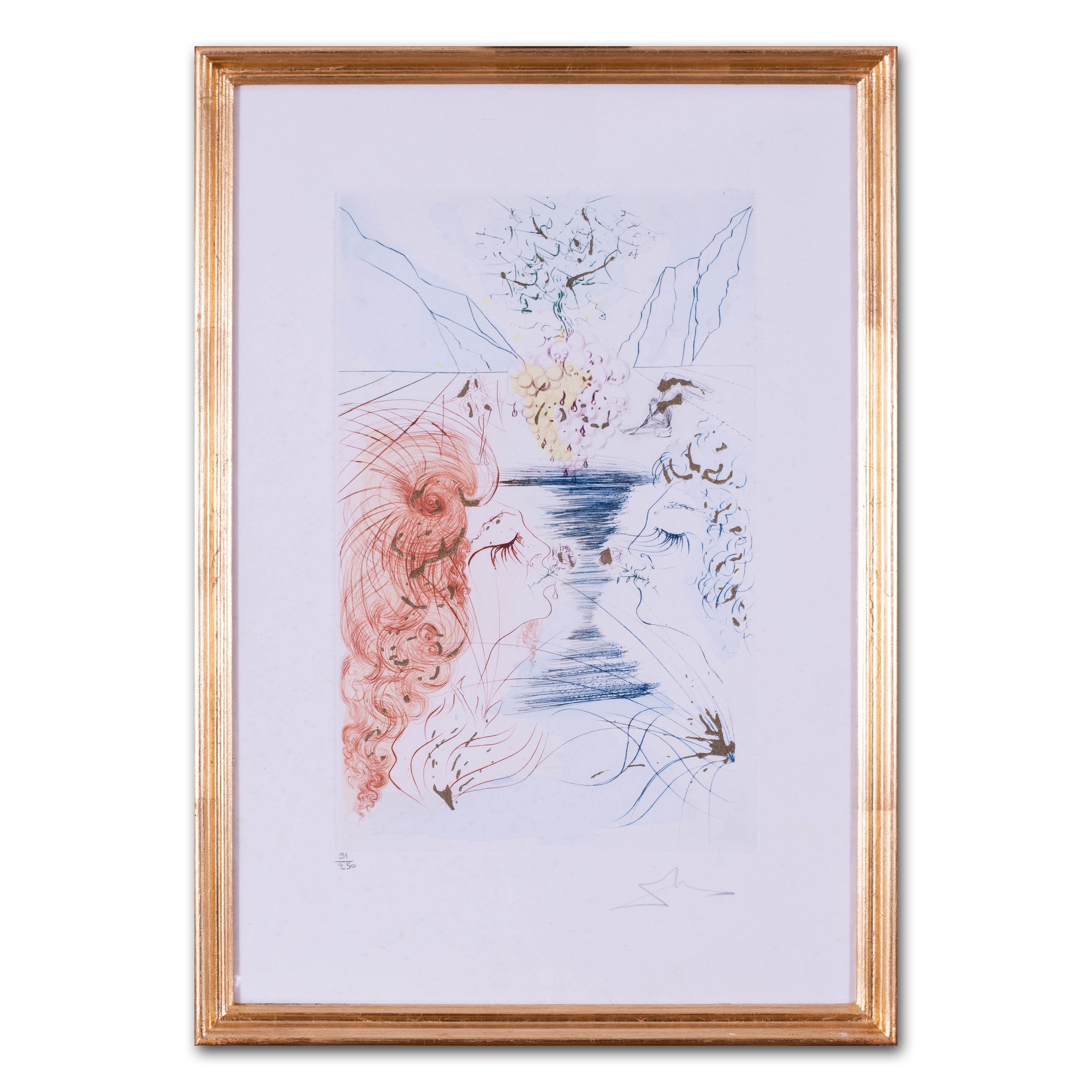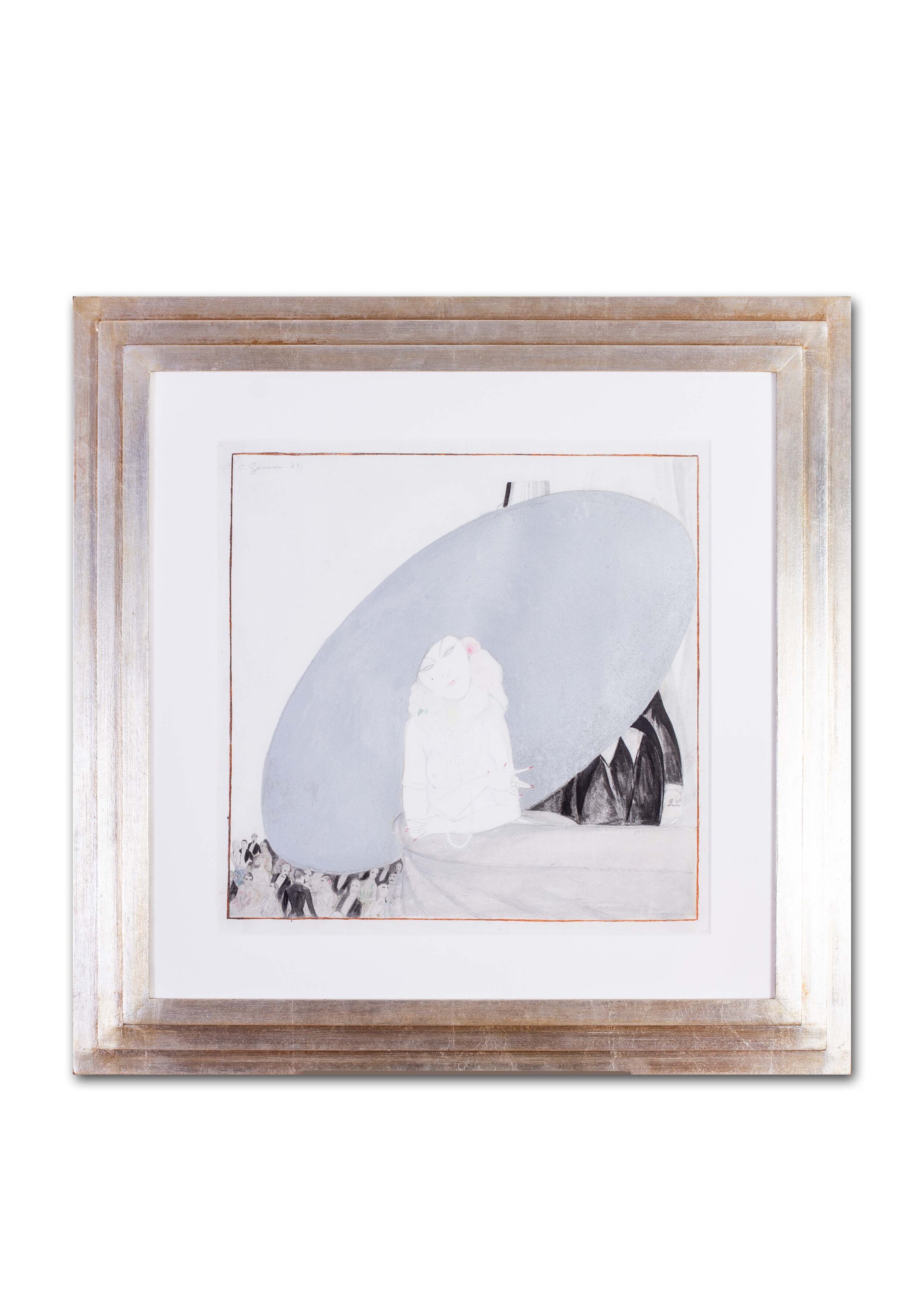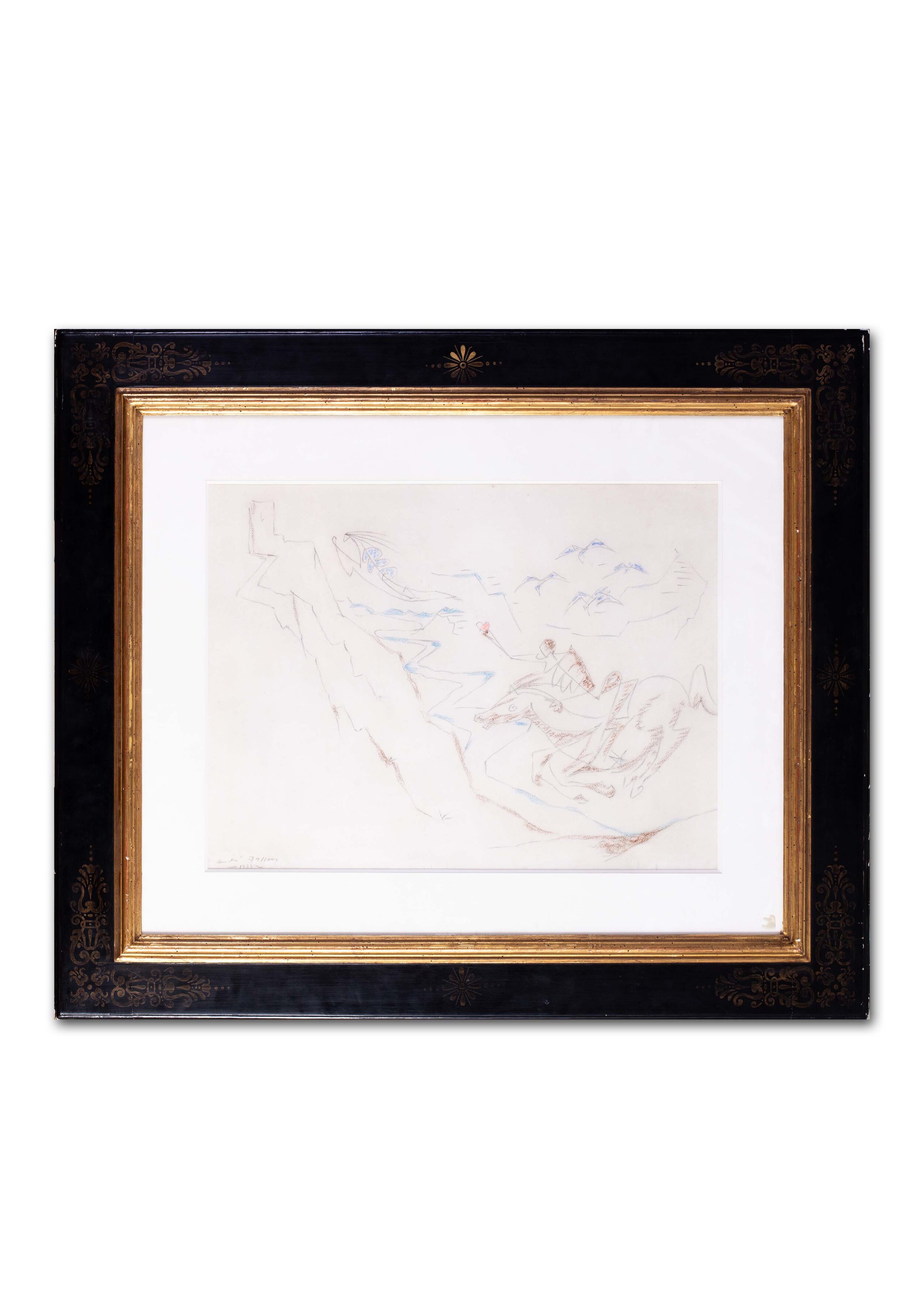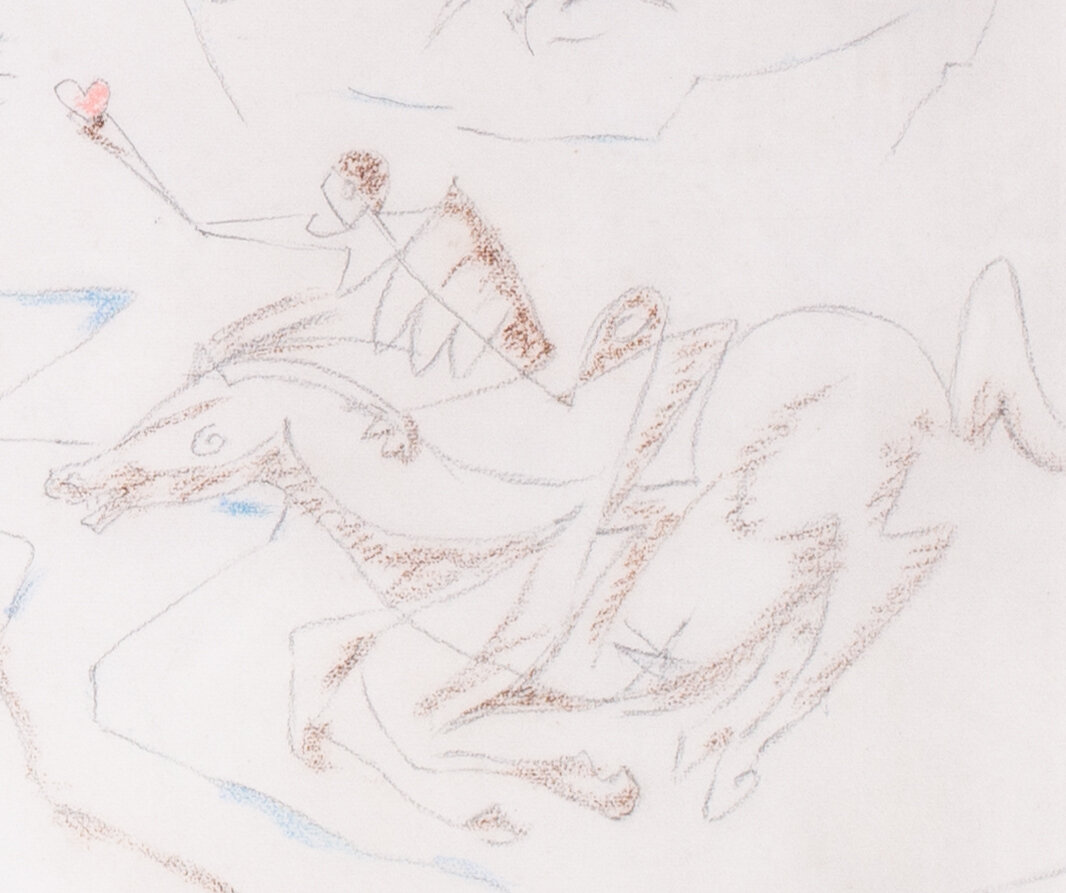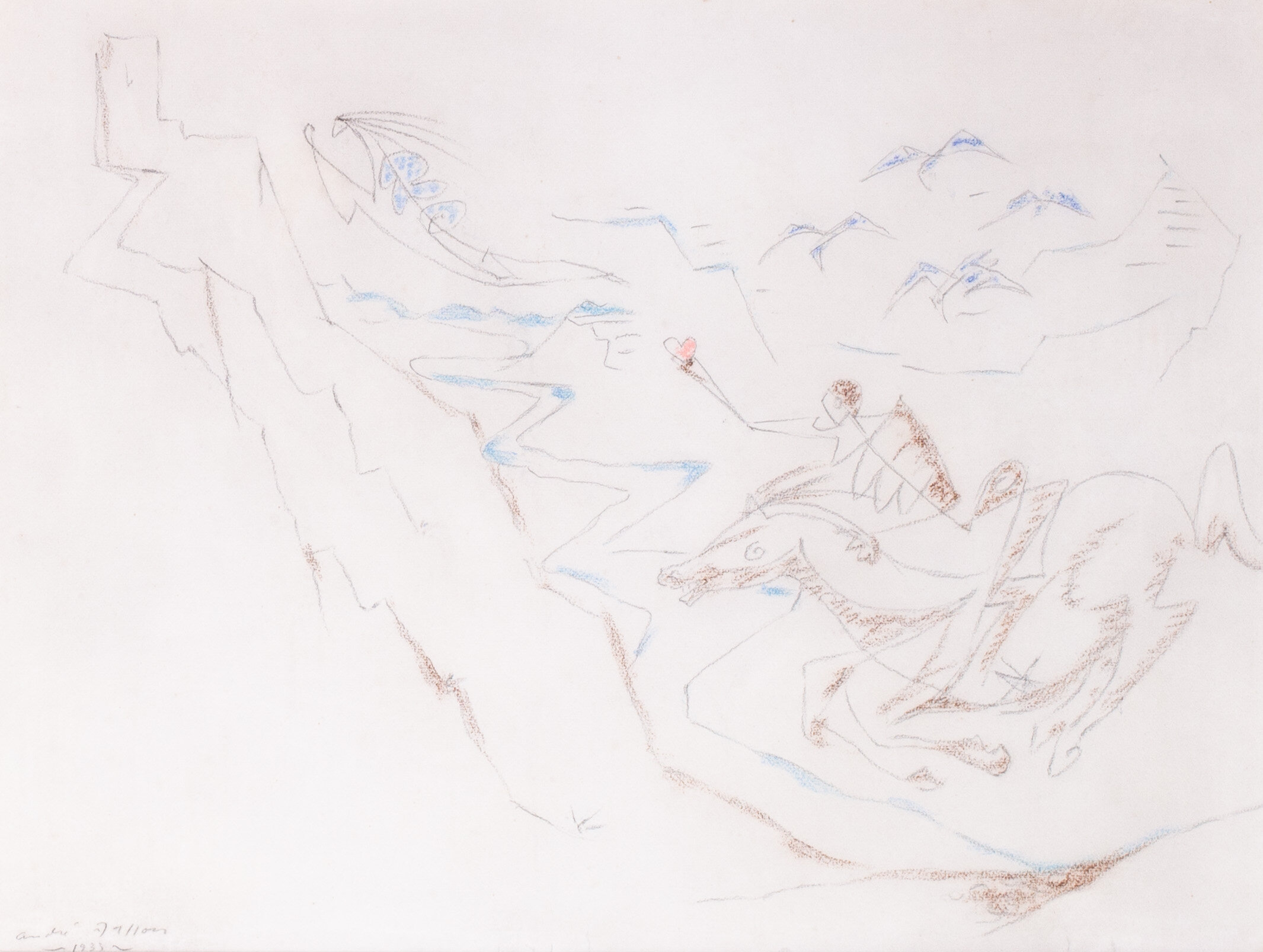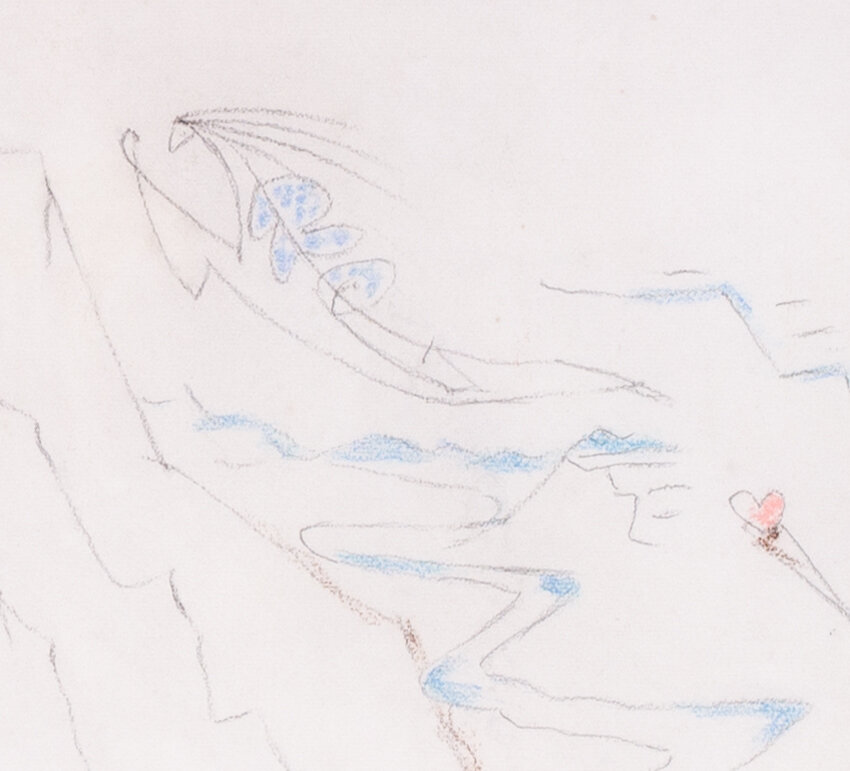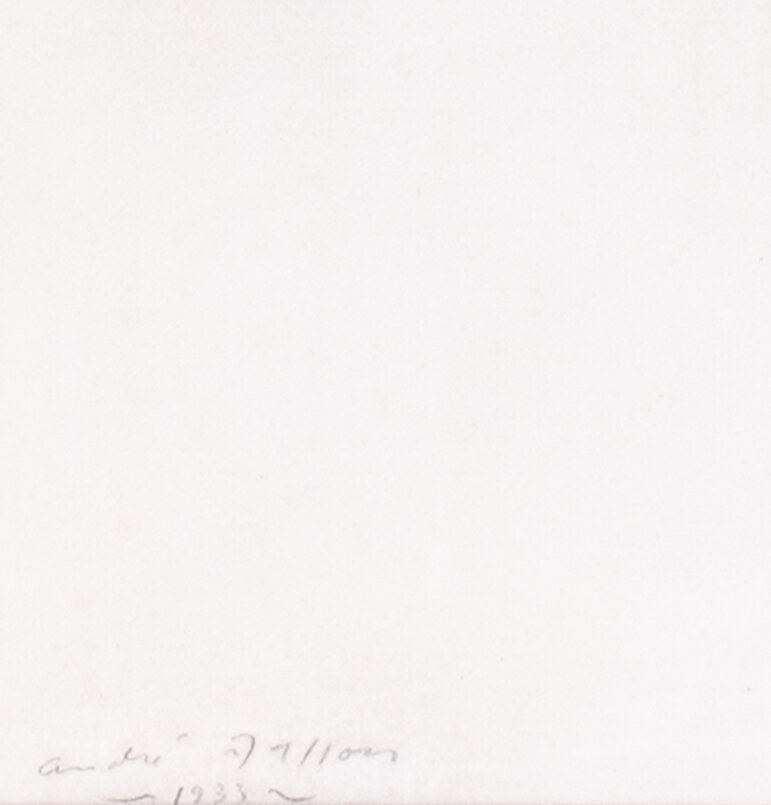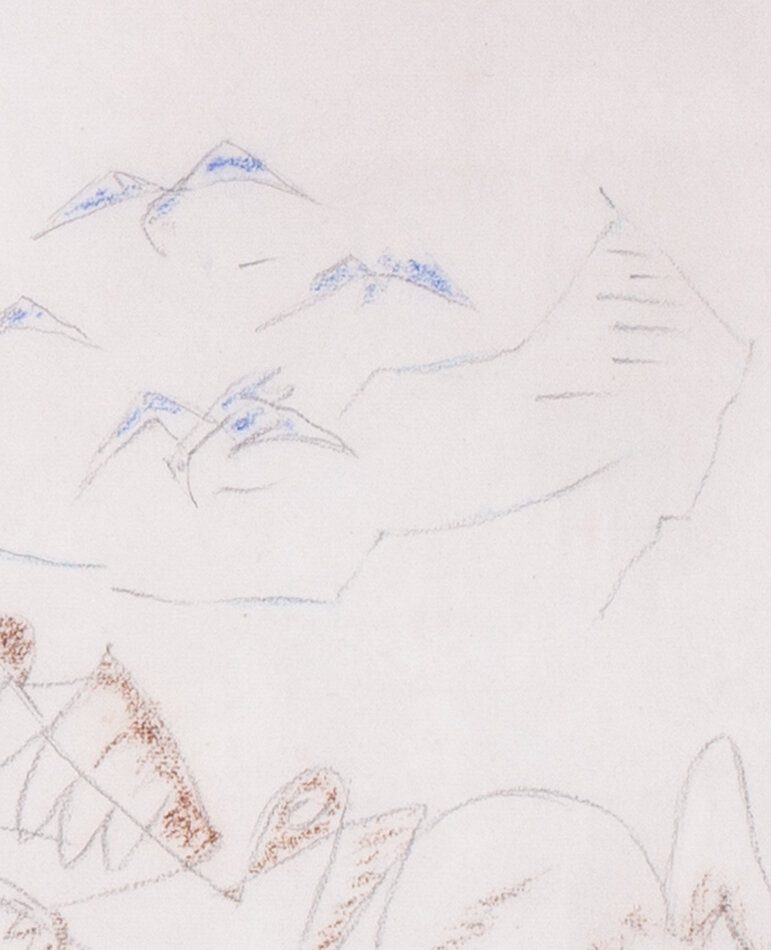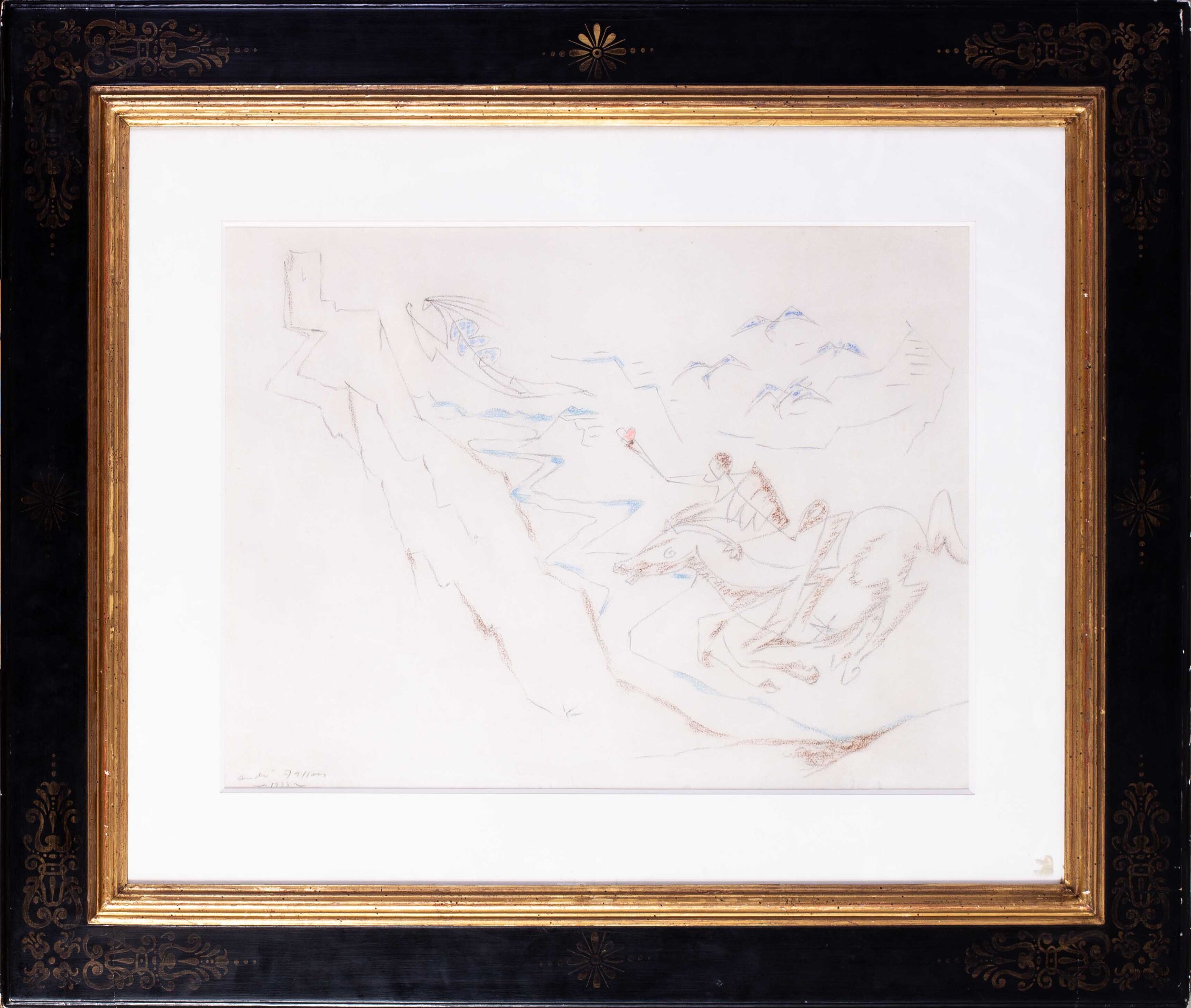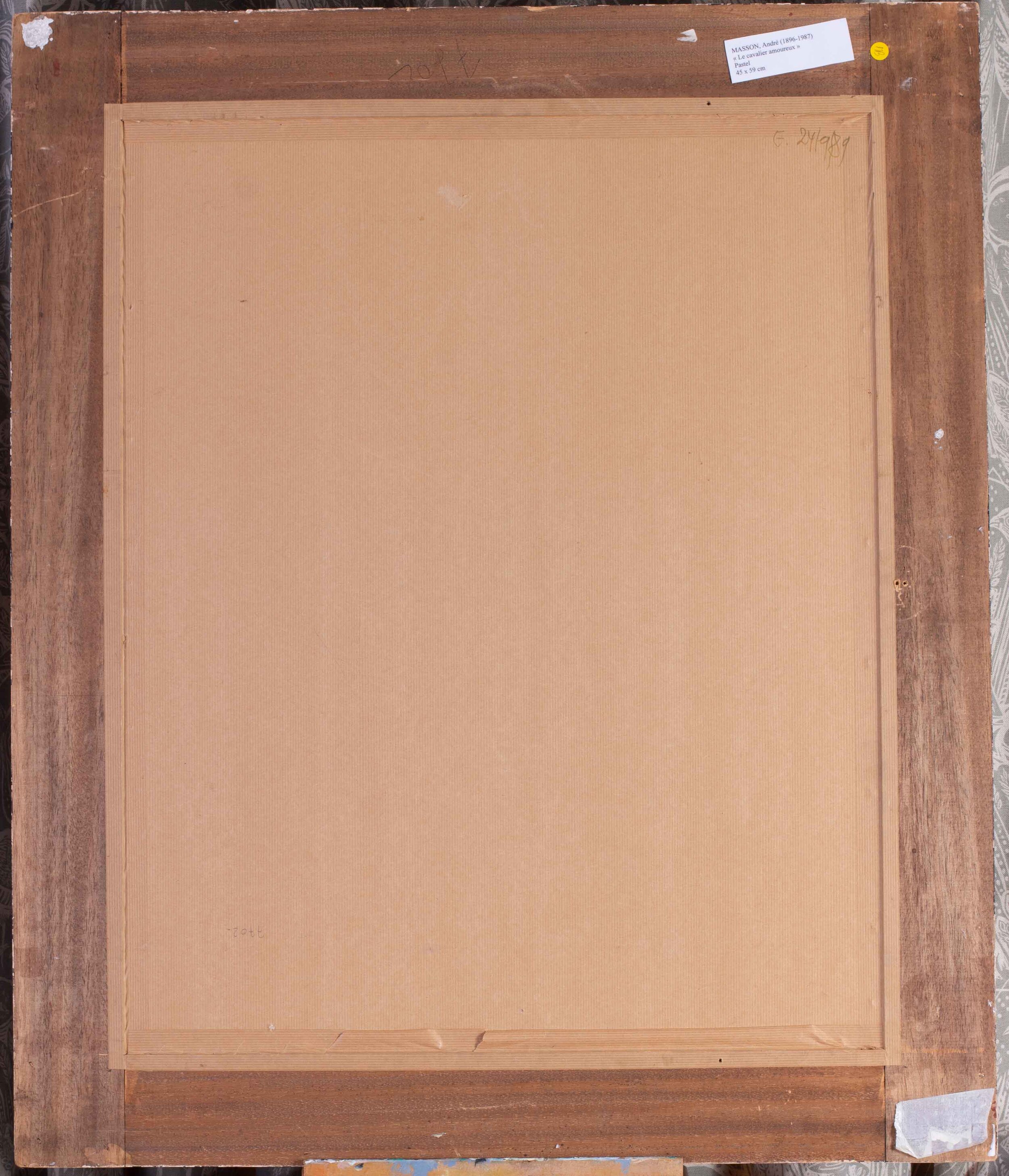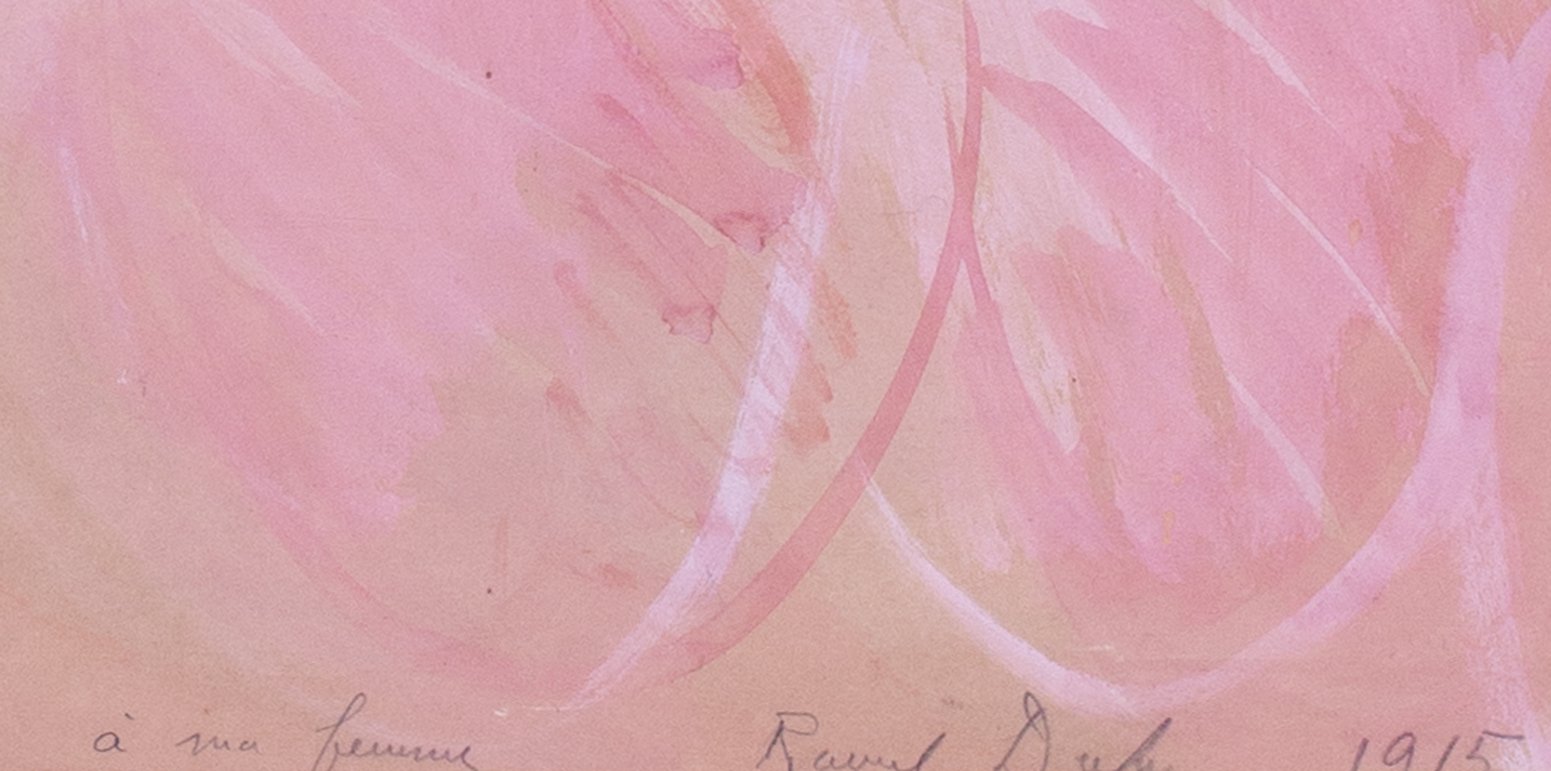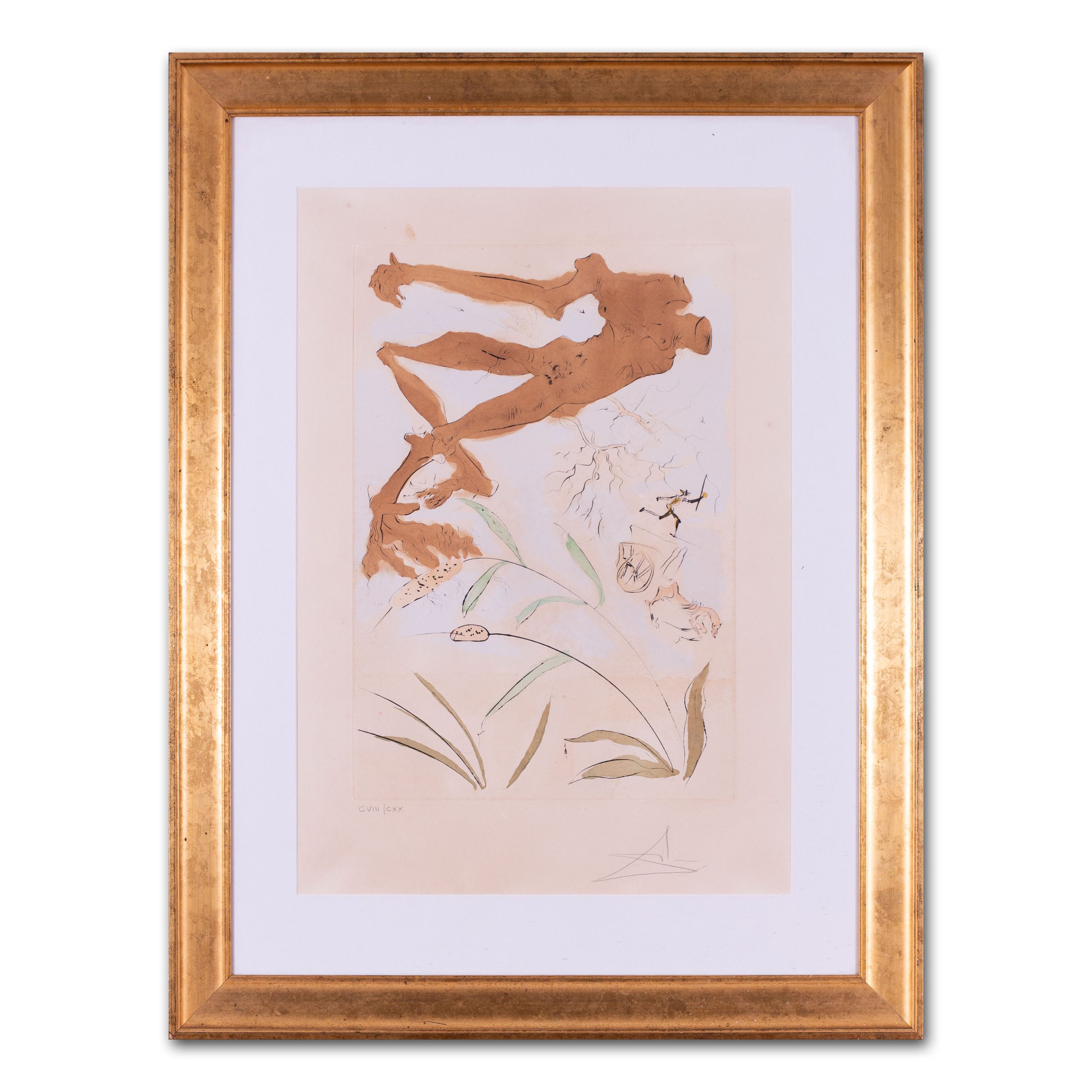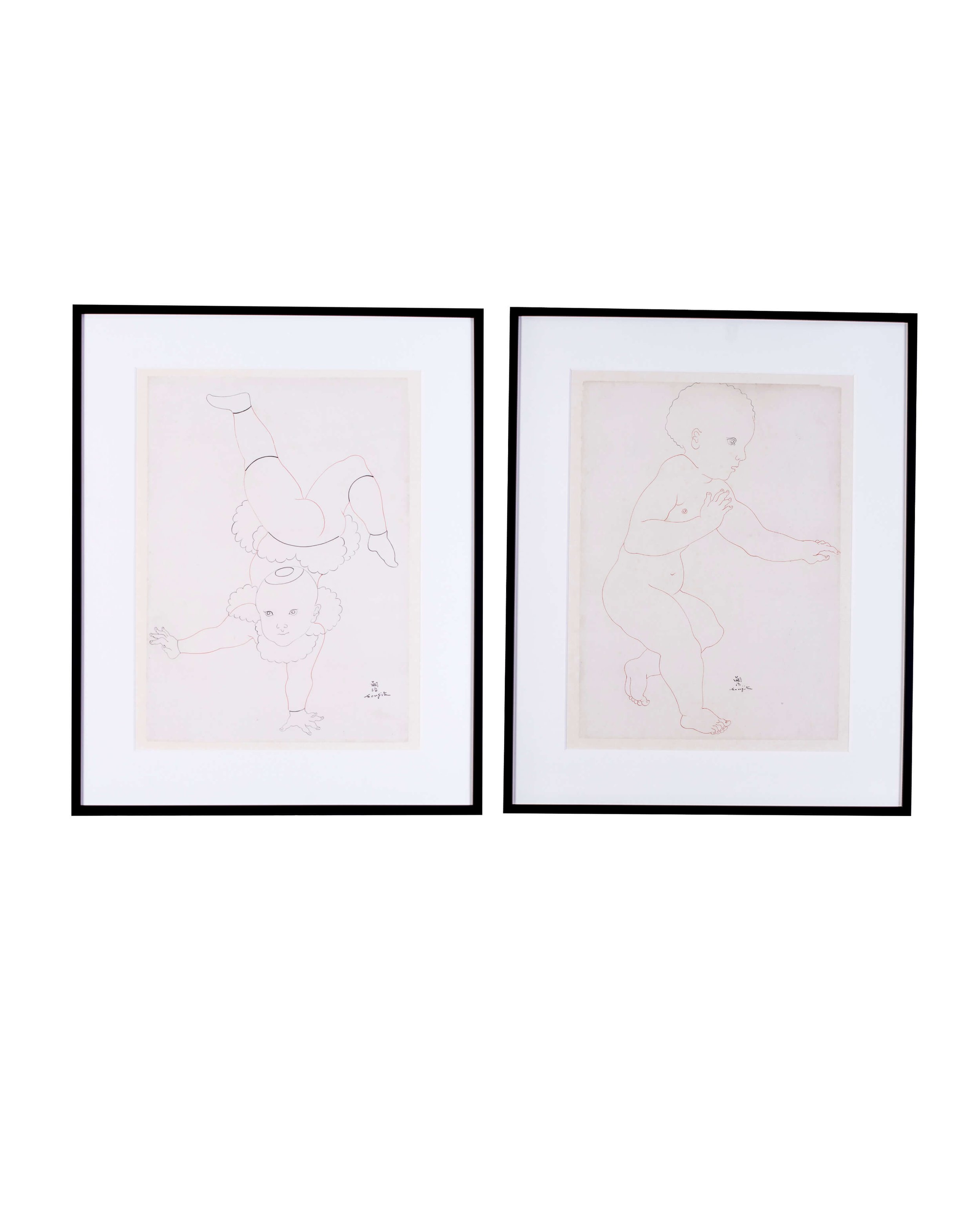 Image 1 of 10
Image 1 of 10

 Image 2 of 10
Image 2 of 10

 Image 3 of 10
Image 3 of 10

 Image 4 of 10
Image 4 of 10

 Image 5 of 10
Image 5 of 10

 Image 6 of 10
Image 6 of 10

 Image 7 of 10
Image 7 of 10

 Image 8 of 10
Image 8 of 10

 Image 9 of 10
Image 9 of 10

 Image 10 of 10
Image 10 of 10











Tsuguharu Foujita, 'Baby acrobat; and Baby walking'
£25,000.00
(Léonard) Tsuguharu Foujita (Japanese, 1886-1968)
Baby acrobat; and Baby walking
both signed `Foujita’ (lower right), and both signed in Japanese
red and black ink on paper
20 x 15 in. (50.8 x 36.8 cm.) a pair
Provenance: The Estate of Tatsuo Kameda, Toronto.
Add To Cart
(Léonard) Tsuguharu Foujita (Japanese, 1886-1968)
Baby acrobat; and Baby walking
both signed `Foujita’ (lower right), and both signed in Japanese
red and black ink on paper
20 x 15 in. (50.8 x 36.8 cm.) a pair
Provenance: The Estate of Tatsuo Kameda, Toronto.
(Léonard) Tsuguharu Foujita (Japanese, 1886-1968)
Baby acrobat; and Baby walking
both signed `Foujita’ (lower right), and both signed in Japanese
red and black ink on paper
20 x 15 in. (50.8 x 36.8 cm.) a pair
Provenance: The Estate of Tatsuo Kameda, Toronto.

